Do not spend money on garden substrates – make your own
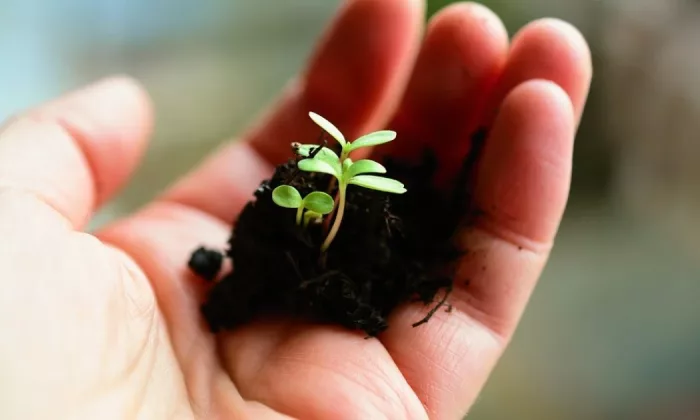
Commercially sold substrates designed for sowing are gaining huge popularity these days and it should be no surprise because seedlings do much better when the correct substrate is used. In this article we shall unlock the secret of garden substrate so you can make your own at home.
Interestingly enough, the lesser amount of nutrients your substrate has, the better… Germinating seedlings will appreciate the lesser content of nutrients because seedlings use their own reserves. An excess of nutrients together with large lumps of soil inhibits germination. Certain types of delicate plants may even get “burned” by the rich mix.
Compost as the basic and important part
If you have a well-maturedcompost, you don’t have to worry about burning young plants. And how can you tell that your compost is matured enough? It must besoft, very dark and have a rather pleasant smell – almost like the topsoil in a deciduous forest. However, sometimes it is hard to tell between unfinished and matured compost. But you can do a test using fast-germinating seeds, sown in your compost and in aregular soil. If they germinate better in compost, then you know it is ready.
Additional ingredients
But even your compost alone would be too dense and too nutritious for seedlings. So, you should still ”dilute” it a little bit. You can use garden soil from molehills to lighten up your compost. This soil comes from depths so its nutrient content is rather low. Use a sieve to get rid of coarse particles and mix it with the compost in 2:1 ratio (there should be more compost).
A mixture of young leaves is also good (no older than two years). It does not contain much nitrogen, but it will provide carbon and minerals. After mixing, it should resemble a common peat. By the way, you can also use peat as a seeding substrate. So, mix the leaves or peat with compost in 1.1 ratio, or use one part of compost, half part of leaves and half peat. Ratios don’t need to be exact.
To sterilize or not to sterilize?
This Shakespearean line fits well here. Manuals claim that the ideal soil for sowing is the one that has been heated to 65 °C, as this temperature destroys all potential pathogens in the substrate. Unfortunately, this treatment also eliminates other beneficial organisms. If your seedlings are falling often, try using a professional substrate enriched with beneficial fungi (e.g. Trichoderma virens), which suppress harmful pathogens in the soil. Just add it into your mix, and it should establish the desired soil balance.
Another good substrate you can get in stores is a mineral substrate. It is light and porous and retains a large amount of water, which actually prevents both overwatering and drying. A handful is enough for a large flower pot of soil. In addition, the substrate lightens the soil so, later you will have no problem removing seedlings for transplanting.
Our tip: you can sow larger seeds (peppers, tomatoes, etc.) directly into the mineral substrate, but do not forget to fertilize later. If you have very small seeds, place it at the bottom of the container. Otherwise, they could fall between the large lumps and germinate poorly.
Preview photo: Pixabay

Gardening is my hobby, I have a lot of experience and I am happy to share it.
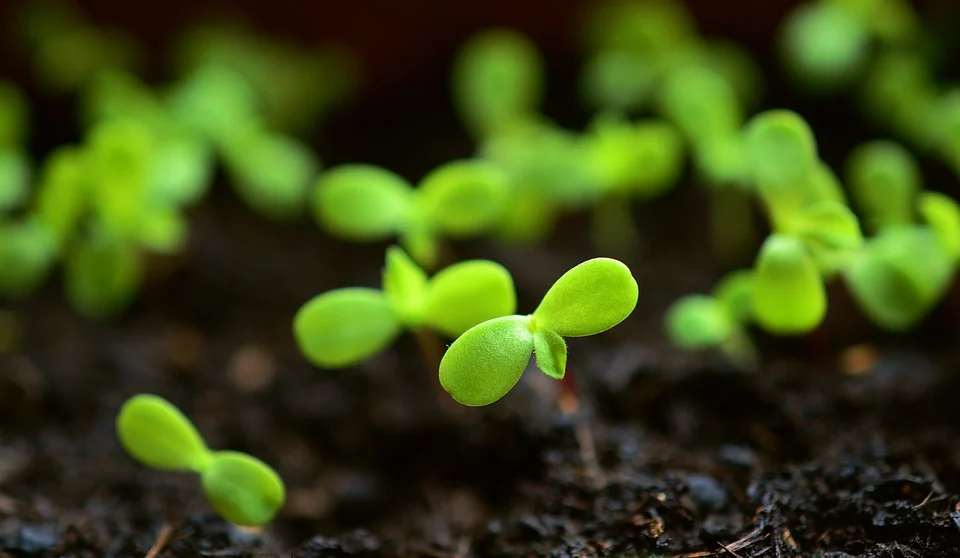


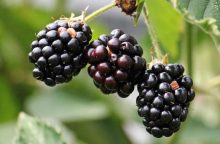
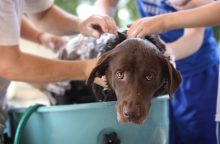


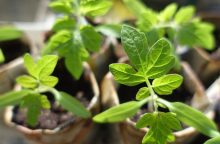
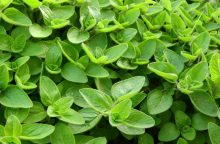
0 comments